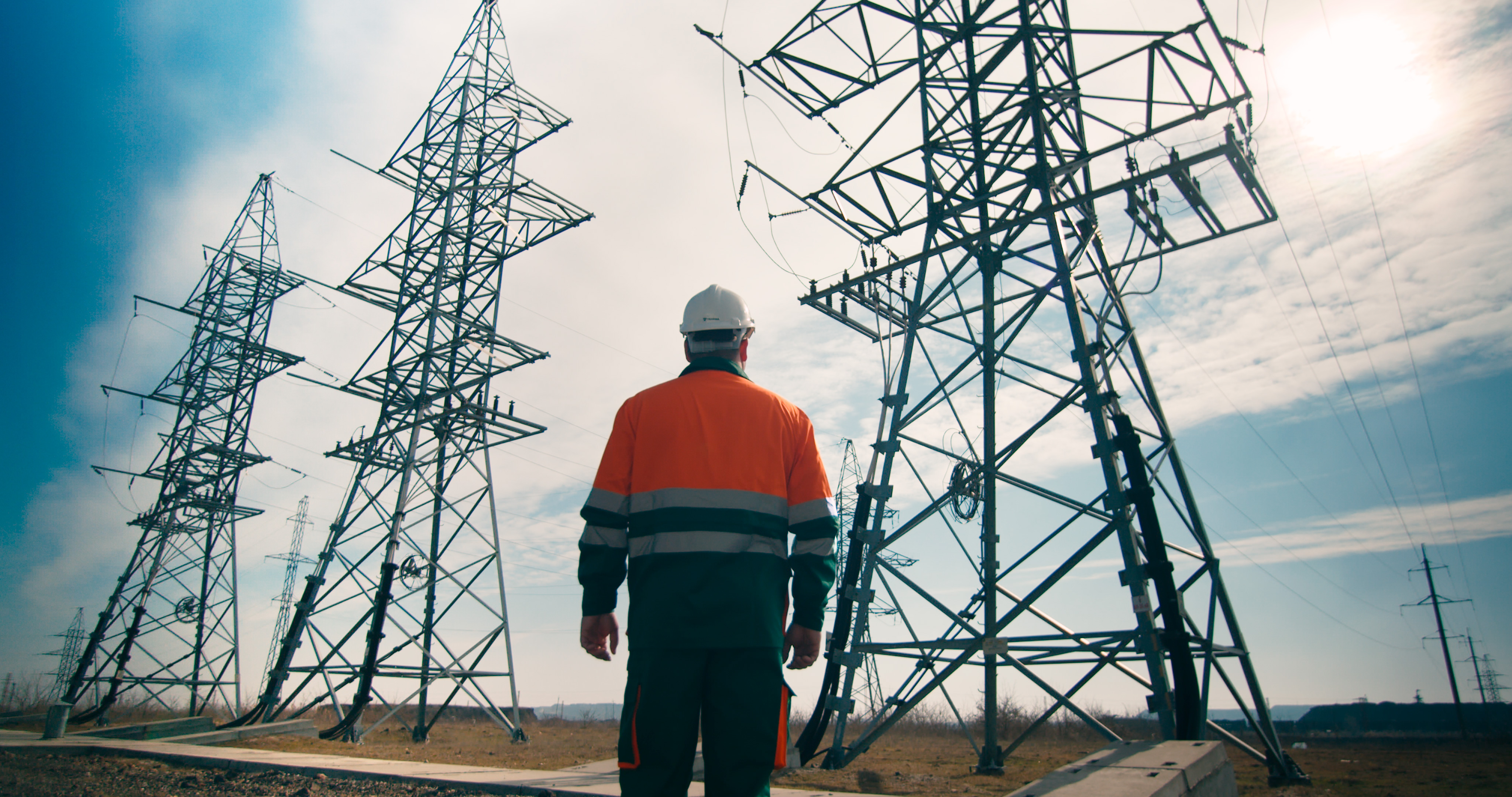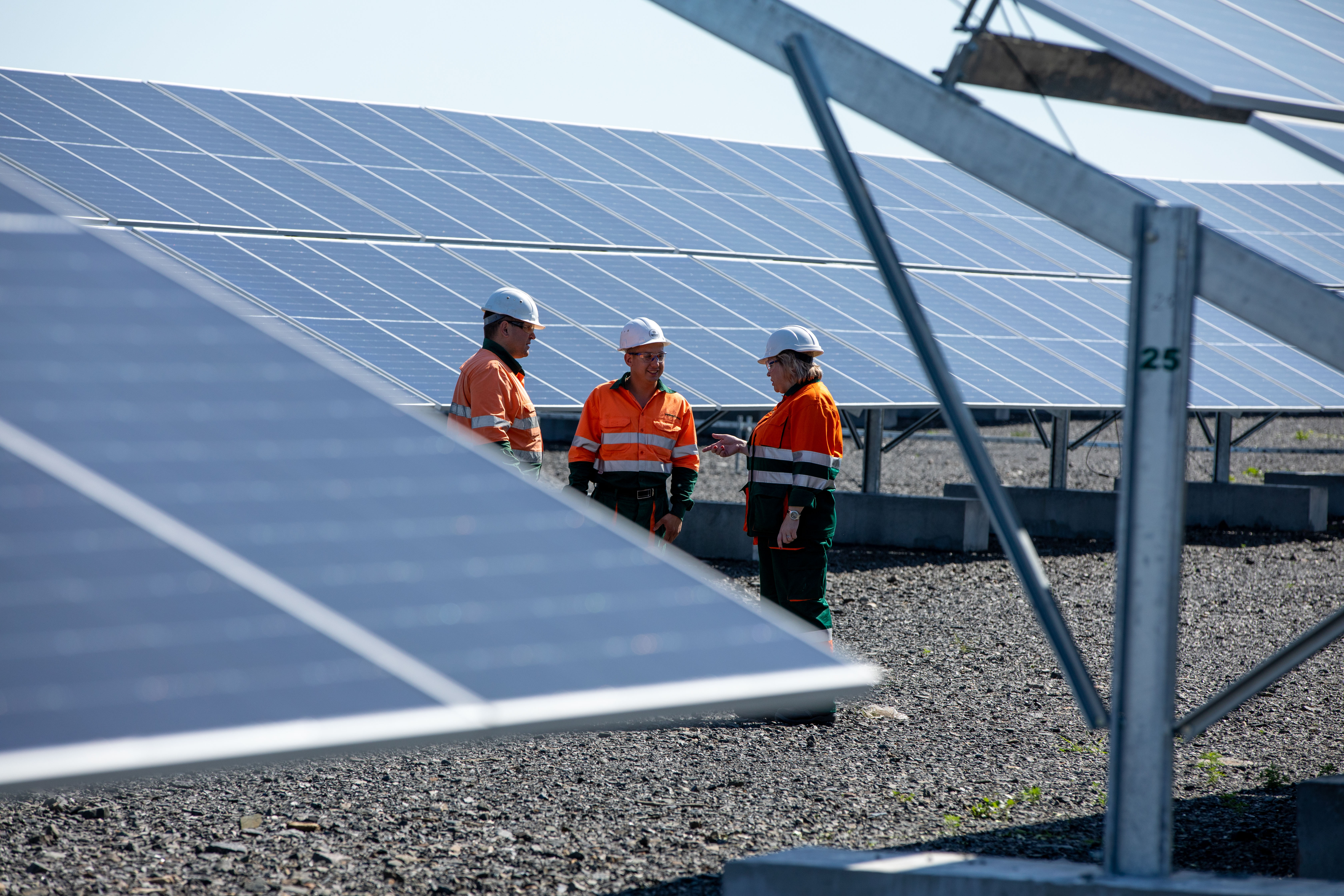Green Steel: dramatic change underway
The world is preparing for a carbon-neutral future, with significant change already underway in the steel sector.
The shift towards Green Steel, which is steel produced without any carbon emissions, represents the largest single development in the steel sector in modern times. Currently, global steel production accounts for 7% of global carbon emissions1, representing more than all of the emissions from the world’s cars put together. Whilst this poses a significant challenge for governments to provide incentives for the decarbonisation of steelmakers, it also presents Ferrexpo with a significant opportunity, since high grade iron ore pellets represent a pathway to Green Steel. Iron ore pellets are known as a direct charge material, which means they can be placed directly into blast furnaces and do not require sintering, unlike 62% of the iron ore consumed globally in 20222.


Why are pellets lower in carbon?
It is important for stakeholders to understand that Ferrexpo produces iron ore pellets, rather than sinter fines, since the sintering process (required for processing sinter fines) typically requires the use of coal and therefore generates a large amount of carbon emissions. With the lack of requirement for sintering, allied with the fact that Ferrexpo’s pellets are high grade (65% Fe or above), means that Ferrexpo’s iron ore pellets reduce carbon emissions by 40% for every tonne of sinter fines replaced with pellets2. The global average emissions from steelmakers is 1.85 tonnes of CO2 per tonne of steel produced3, and therefore this 40% reduction accounts for a significant potential carbon saving.


Looking to the future
The traditional blast furnace process of steelmaking still uses coal however, and a large part of producing low carbon steel relates to cutting coal out of the production process. This is possible today through replacing coal with either natural gas or electricity, with both methods of steelmaking requiring a different type of pellet however – direct reduction (“DR”) pellets. This is a product that is higher grade (67% Fe) and lower impurity than other forms of iron ore. Ferrexpo has already embarked on this journey, producing over 350,000 tonnes of DR pellets in 2022, representing 6% of total pellet production (2021: 4%), with plans to significantly increase the production of these pellets over time to meet customer demand and to help facilitate decarbonisation in the global steel industry.
Decarbonisation: the journey ahead
Green Steel is the final end point in this journey – utilising modern technology such green hydrogen instead of natural gas, and renewable forms of electricity to power equipment. The technology already exists, and in June 2021, it was announced that the first steel had been produced using green hydrogen by a plant in Sweden – an exciting development as this shift in the steel industry takes off. As an existing pellet producer, Ferrexpo is well positioned to take advantage of this opportunity, and the Group is looking forward to being part of the Green Steel revolution ahead.
In December 2022, the Group announced updated reduction targets for Scope 1, 2 and 3 emissions for decarbonisation of its operations, and value chain, in order to frame the pathway for producing zero-carbon pellets for the production of Green Steel. Details of these targets can be found in the Group's inaugural Climate Change Report here.
1 Source: IEA.
2 Source: CRU.
3 Source: World Steel Association

